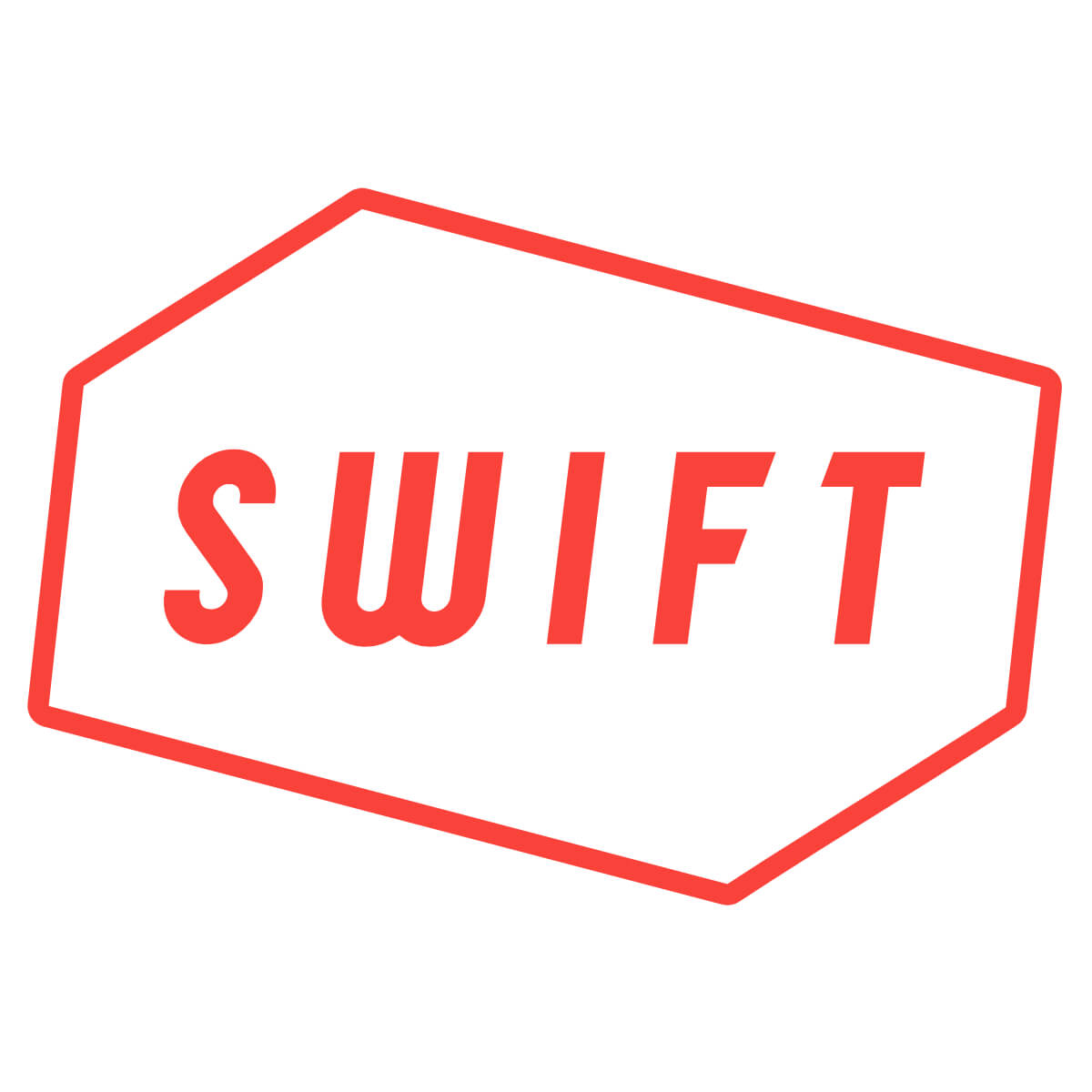22.3
Hand Speed (max)
7/23/25
Rankings available to Premium Subscriber
Rankings available to Premium Subscriber







To unlock contact information, you need to purchase a ScoutPLUS subscription.
Purchase Subscription
Positional Profile: 3B/RHP An athletic look and emerging arm strength at 87 with the FB, puts him in the crosshairs of the shortlist for the Future Games. At this point, this spring will be crucial to decide or have a glimpse into which way at the next level he goes as far as the bat or the arm as he projects for marked improvements at both spots.
Body: 6-2, 181-pounds. A lean athletic body with strength and some twitch. Projectable 6-2 180 frame has considerable room for and extra 10-15 Lbs and the FB should jump 3-5 mph if he really gets after it in the gym
Delivery: Med kick to delivery with hand break over the rubber and sits into his back knee for leverage and plane. Needs to firm up his front side and leg to have a strong base to power over and pole vault over the front side and should see his velo and control cone along for the ride.
Arm Action: RH. Whippy HTQ slot with a loose wrist to finish off pitches. Arm works properly
FB: T87, 85-87 mph. FB plays avg as he needs to keep his front side direct and closed off to the hitter to create deception T2347, 2277 average rpm.
SL: 69-71 mph. Low velocity SL 69-71 with avg spin quality. Would like to see instead of slowing the arm somewhat and looking for break, but to accelerate the arm in FB mode and work on throwing more like a football release and getting the gyro spin or bullet like SL, which will increase the velo and spin will follow along for the ride. T2228, 2183 average rpm.
CH: 78-79 mph. Shows some fade and minimal sink at the end as the CH over 2,000 and would like to see in the 1,600-1,800 range and the life and action at the end with killing the spin will come to fruition T2089, 2060 average rpm.
ATH: 7.48 runner in the 60.